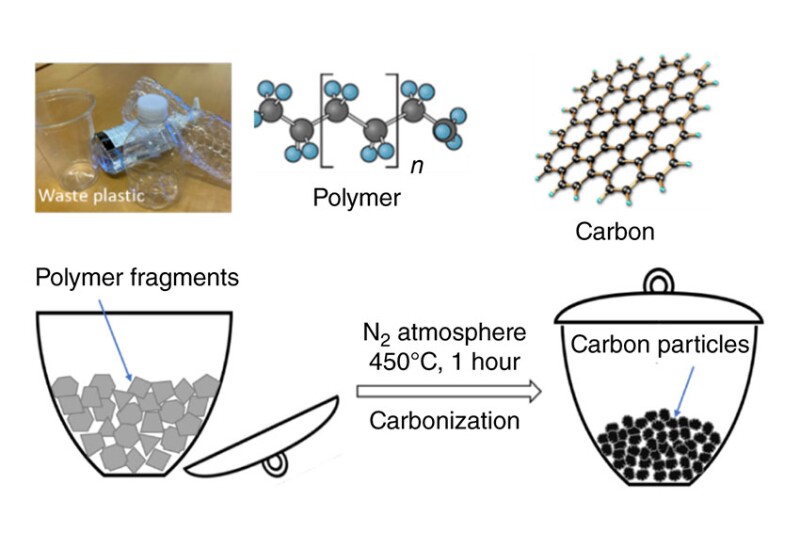The complete paper describes nanomaterials—Janus carbon nanofluids—derived from waste plastics and demonstrates the potential of the nanofluids as highly effective alternative nanoagents for enhanced oil recovery (EOR) applications at reservoir conditions. A novel, sustainable, cost-effective method has been developed to scale up synthesis of Janus carbon nanoparticles (JC-NPs) from waste plastic feedstock by combined pyrolysis, chemical functionalization, and pulverization, which allows for production of the JC-NPs in mass quantities at an industrial scale.
Introduction
Recent research has demonstrated that nanoparticles with asymmetric surface properties (i.e., Janus nanoparticles) could achieve a much higher efficiency of oil recovery factors with very low concentrations of loading compared with homogeneous nanoparticle fluids. To date, however, major challenges facing the exploration and use of Janus nanoparticles exist, impeding scalability of synthesis, tailored chemical functionalization, and the ability to introduce a diverse set of functionalities. Therefore, new methods for production of Janus nanomaterials on an industrial scale are desired.
The authors present a novel technique to convert waste plastic materials into carbon-based nanomaterials for EOR applications.

